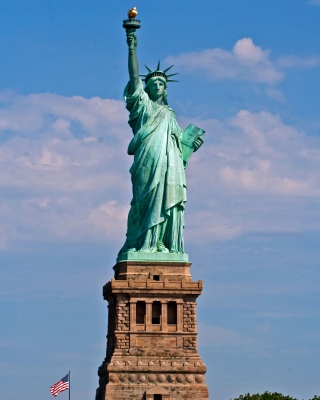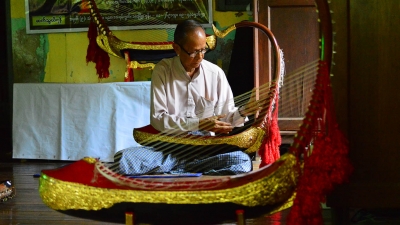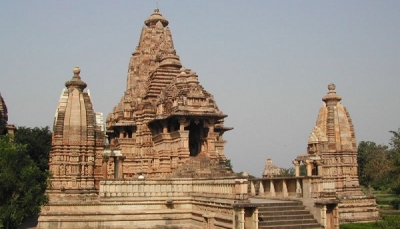What are the facts of the Statue of Liberty in the United States?

Standing in the middle of the sea, the Statue of Liberty is a 93 metre - tall copper statue; think of it as equivalent to the height of a 22-storey building. The statue is a national treasure of the United States visited by millions every year.
A gift from France
To commemorate the centennial of the United States’ independence and honour France's relationship with the U.S., French jurist Edouard de Laboulaye, in 1865, proposed the idea of presenting a gift from the people of France to the people of the U.S. Laboulaye was touched by the recent abolition of slavery in the U.S., which furthered the ideals of freedom and democracy in which he greatly believed.
Sculptor Frederic-Auguste Bartholdi, who resonated with Laboulaye, conceptualised a colossal structure that is formally known as Liberty Enlightening the World.
A symbol of liberty and freedom
Several elements of the statue symbolise liberty and freedom. The statue is named after the Roman Goddess Libertas who personifies freedom. The tablet she carries is inscribed with July 4. 1776 in Roman numerals, the day America became a free country. The torch carried by the statue is considered a symbol of enlightenment and lights the way to freedom. As a symbolism of abolition of slavery, Bartholdi has placed a broken shackle at the statue's foot.
The Eiffel connection
Alexandre Gustave Eiffel, the man who built the Eiffel tower in Paris, France, was closely involved in the building of the statue. He was engaged by Bartholdi to address structural issues associated with designing the statue. Eiffel designed the massive iron pylon and the secondary skeletal framework that allows the statue's copper skin to move independently yet stand upright.
Of seas and continents
The seven spikes radiating from the statue's crown are meant to be a halo, also known as an aureole. The spikes represent the seven seas and the seven continents of the world and emphasise the statue's message of inclusiveness and freedom.
Modelled on a real person
The face of the Statue of Liberty is said to have been modelled on Bartholdi's mother, Charlotte. This was first discovered in 1876, when Bartholdi invited French Senator Jules Bozerian to his box at the opera, where his mother was also present and Bozerian noticed the similarity instantly.
Picture Credit : Google













